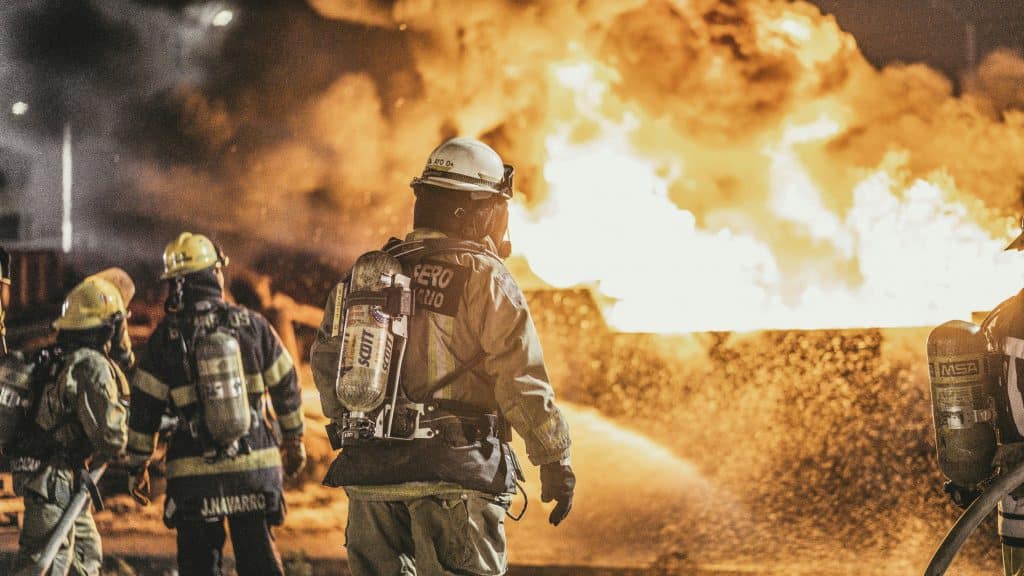Fire safety regulations are fundamental to safeguarding lives and properties across various types of buildings. As these regulations adapt to address emerging risks and technologies, understanding and adhering to compliance become increasingly crucial for building owners, managers, and stakeholders. In this blog post, we’ll provide an overview of current fire safety regulations, codes, and standards in the UK, discussing updates, revisions, and their implications for building design, occupancy, and maintenance.
Understanding Fire Safety Regulations in the UK: In the UK, fire safety regulations are governed primarily by the Regulatory Reform (Fire Safety) Order 2005 (RRFSO), which applies to most non-domestic premises. This legislation places a legal duty on the “responsible person” (typically the building owner, employer, or occupier) to ensure the safety of occupants from the risk of fire.
Updates and Revisions:
Fire safety regulations in the UK undergo updates and revisions to reflect evolving best practices and lessons learned from past incidents. Notable recent developments include:
- The Hackitt Review: Following the Grenfell Tower tragedy in 2017, the Hackitt Review identified systemic failures in building regulations and fire safety practices. As a result, the government has committed to implementing the recommendations of the review, including reforming building safety regulations and strengthening oversight of high-risk residential buildings.
- Building Safety Bill: The Building Safety Bill, introduced in response to the Hackitt Review, proposes significant reforms to the regulatory framework for building safety in England. Key provisions include the establishment of a Building Safety Regulator, new requirements for building safety assessments, and enhanced accountability for duty holders throughout the building lifecycle.
Implications for Building Design and Maintenance:
Compliance with fire safety regulations has profound implications for building design, occupancy, and maintenance practices in the UK. Key considerations include:
- Design and Construction Standards: Architects, engineers, and building designers must adhere to relevant British Standards and Building Regulations when designing new buildings or refurbishing existing ones. This may involve specifying fire-resistant materials, designing adequate means of escape, and integrating fire detection and suppression systems in accordance with Approved Document B.
- Responsible Person Duties: The responsible person is tasked with conducting fire risk assessments, implementing appropriate fire safety measures, and ensuring the ongoing maintenance of fire protection systems and equipment. Failure to fulfil these duties can result in legal penalties, including fines or imprisonment.
Overall, navigating fire safety standards and regulations in the UK requires a thorough understanding of the RRFSO, Building Regulations, and relevant British Standards. By staying informed about updates and reforms, collaborating with competent fire safety professionals, and prioritizing proactive risk management and compliance, stakeholders can contribute to creating safer built environments for all. Compliance with fire safety regulations is not just a legal obligation but a shared responsibility to protect lives and properties from the devastating effects of fire.


